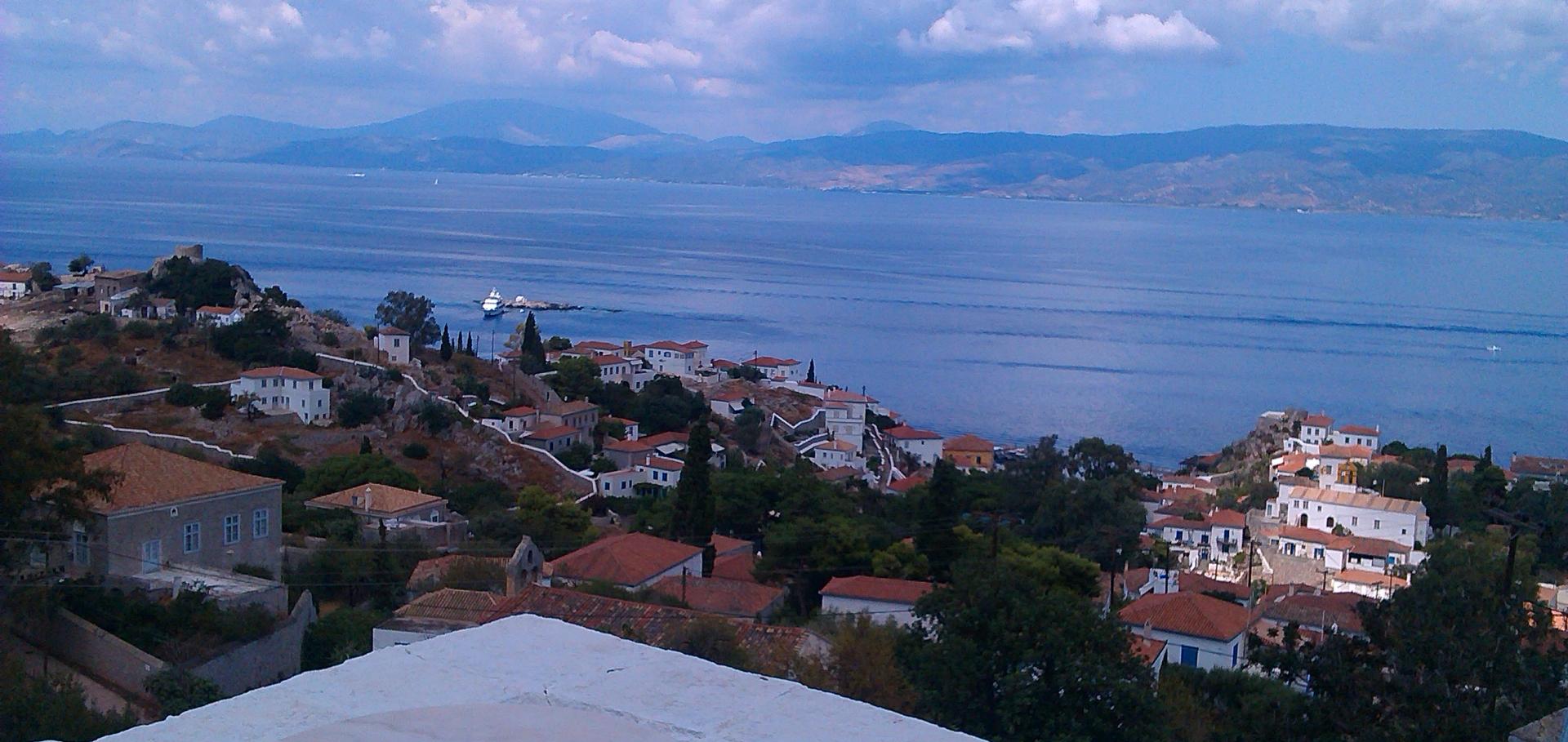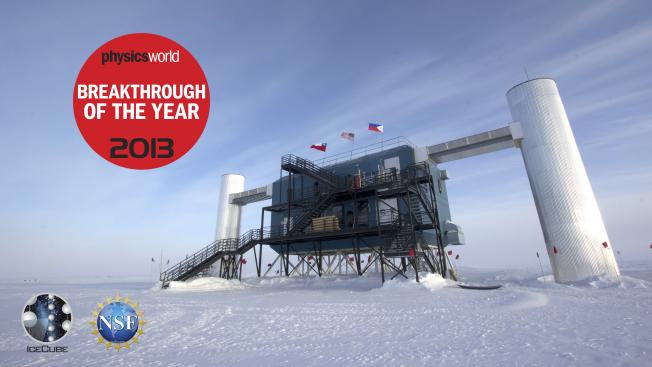Multiyear search for dark matter annihilations in the Sun with the AMANDA-II and IceCube detectors
Physical Review D - Particles, Fields, Gravitation and Cosmology 85:4 (2012)
Abstract:
A search for an excess of muon neutrinos from dark matter annihilations in the Sun has been performed with the AMANDA-II neutrino telescope using data collected in 812 days of live time between 2001 and 2006 and 149 days of live time collected with the AMANDA-II and the 40-string configuration of IceCube during 2008 and early 2009. No excess over the expected atmospheric neutrino background has been observed. We combine these results with the previously published IceCube limits obtained with data taken during 2007 to obtain a total live time of 1065 days. We provide an upper limit at 90% confidence level on the annihilation rate of captured neutralinos in the Sun, as well as the corresponding muon flux limit at the Earth, both as functions of the neutralino mass in the range 50-5000GeV. We also derive a limit on the neutralino-proton spin-dependent and spin-independent cross section. The limits presented here improve the previous results obtained by the collaboration between a factor of 2 and 5, as well as extending the neutralino masses probed down to 50GeV. The spin-dependent cross section limits are the most stringent so far for neutralino masses above 200GeV, and well below direct search results in the mass range from 50GeV to 5TeV. © 2012 American Physical Society.A Search for UHE Tau Neutrinos with IceCube
ArXiv 1202.4564 (2012)
Abstract:
The first dedicated search for ultra-high energy (UHE) tau neutrinos of astrophysical origin was performed using the IceCube detector in its 22-string configuration with an instrumented volume of roughly 0.25 km^3. The search also had sensitivity to UHE electron and muon neutrinos. After application of all selection criteria to approximately 200 live-days of data, we expect a background of 0.60 +/- 0.19 (stat.) $^{+0.56}_{-0.58}$ (syst.) events and observe three events, which after inspection emerge as being compatible with background but are kept in the final sample. Therefore, we set an upper limit on neutrinos of all-flavors from UHE astrophysical sources at 90% CL of $E^{2} \Phi(\nu_{x}) < 16.3 * 10^-8 GeV cm^-2 sr^-1 s^-1 over an estimated primary neutrino energy range of 340 TeV to 200 PeV.All-particle cosmic ray energy spectrum measured with 26 IceTop stations
ArXiv 1202.3039 (2012)
Abstract:
We report on a measurement of the cosmic ray energy spectrum with the IceTop air shower array, the surface component of the IceCube Neutrino Observatory at the South Pole. The data used in this analysis were taken between June and October, 2007, with 26 surface stations operational at that time, corresponding to about one third of the final array. The fiducial area used in this analysis was 0.122 km^2. The analysis investigated the energy spectrum from 1 to 100 PeV measured for three different zenith angle ranges between 0{\deg} and 46{\deg}. Because of the isotropy of cosmic rays in this energy range the spectra from all zenith angle intervals have to agree. The cosmic-ray energy spectrum was determined under different assumptions on the primary mass composition. Good agreement of spectra in the three zenith angle ranges was found for the assumption of pure proton and a simple two-component model. For zenith angles {\theta} < 30{\deg}, where the mass dependence is smallest, the knee in the cosmic ray energy spectrum was observed between 3.5 and 4.32 PeV, depending on composition assumption. Spectral indices above the knee range from -3.08 to -3.11 depending on primary mass composition assumption. Moreover, an indication of a flattening of the spectrum above 22 PeV were observed.Publisher’s Note: Search for ultrahigh energy neutrinos in highly inclined events at the Pierre Auger Observatory [Phys. Rev. D 84, 122005 (2011)]
Physical Review D American Physical Society (APS) 85:2 (2012) 029902
Description of Atmospheric Conditions at the Pierre Auger Observatory using the Global Data Assimilation System (GDAS)
ArXiv 1201.2276 (2012)



